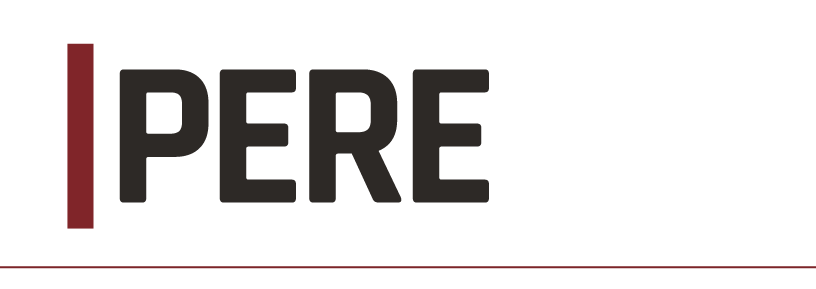When chairman and managing director of JPMorgan Chase’s China equities division, Jing Ulrich, painted a picture of China’s overheating real estate market for the benefit of delegates at the PERE Forum: Asia in February, she could not have guessed that the temperature would continue rising.
Ulrich, who was featured in Forbes’ 100 most powerful women table two years ago, told the audience how China’s GDP growth had reached 10.7 percent in the final quarter of 2008, predominantly on the back of a rising domestic real estate market.
She explained how loose government policy and bank lending had led to record growth in real estate lending of 33 percent year-on-year (compared with a five-year average of between 14 percent and 16 percent) spawning worrying levels of real estate speculation. But she suggested the government had taken adequate measures to stem the inflation of an uncontrollable bubble, ensuring Chinese real estate would receive a soft landing should the bubble burst.
One of the measures enacted by the Chinese government was increasing the reserve requirement ratio – the reserve deposit requirement placed on commercial banks by China’s central bank – to 16 percent from 15.5 percent for the first time in 18 months. Other measures that came into play included tightened controls over second home financing, while some down payment ratios increased to 40 percent, up from 30 percent.
|
|
Ulrich suggested these measures were sufficient to cool the market, which had seen transaction volumes rise by 35 percent in 2009 alone. Predicting property sales and acquisitions would fall by 15 percent in 2010, Ulrich predicted this year would yield little further government intervention.
But as we enter May, fears of a bubble in China haven’t abated whatsoever. To the contrary, GDP growth stood at 11.9 percent year-on-year, according to China’s National Bureau of Statistics. That growth has prompted Beijing to consider introducing “extra taxes, on things including individual’s profits from property sales”, according to a Bloomberg report last month. In March, Bloomberg reported yet-another record price rise, “indicating government efforts to stem gains aren’t working and more drastic measures may be needed”. The news agency also said prices had risen in 70 Chinese cities by 11.7 percent from 2009, with the Southern Chinese city of Haikou – the poster boy of the bubble – seeing a price increase of 53.9 percent.
Amid a burst of activity from private equity real estate platforms targeting the country, particularly tier one cities like Beijing, Shanghai and Shenzhen, such news has prompted mixed reactions. One fund manager currently raising capital for a commercial fund, told PERE it is currently “difficult to execute any strategy as the government continues to put new measures in place to slow down the market as this creates uncertainty and pricing volatility”. Another manager, raising a residential vehicle, said he was anticipating “further fine tuning of announced measures” which he regarded as necessary “to focus on deterring excessive speculation”.
Trepidation is currently the watchword among investors targeting the country. One prominent investor, which has invested via blind pool funds as well as directly, expressed concern about over-valued assets and tight cap rates compared to historical averages, as well as excessive land valuations, over-building and the crowding-in of prime locations.
Others have taken bolder positions – a central message being that China is “not one single market” and that it is still possible to discover real value in second tier markets such as Tianjin, Chongqing and Wuhan, where demand generally comes from end-users and not wealthy speculators.
Furthermore, it is worth noting that central government and local governments in China can have conflicting agendas. Some local governments depend on development land sales for between 40 percent and 50 percent of their revenue. Investors operating in markets outside of Beijing’s central glare may well incur fewer restrictions than those confining their investment to first tier cities.
One manager explained that while some of these places have also seen unsustainable rises, investing with targets that allow for valuation falls is key to making investments today. The question he asks is “can the investment withstand a 30 percent drop in value and you still make money?”
|
|
That question is private equity real estate in a nutshell: the ability to source and maintain value despite wider market conditions. Of course, most managers would rather not lose 30 percent of the value of their investment whatever the scenario.
With China’s temperature control knob apparently broken, despite umpteen policy manoeuvres, selecting the right value-sustaining asset remains as tricky as ever.




